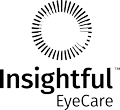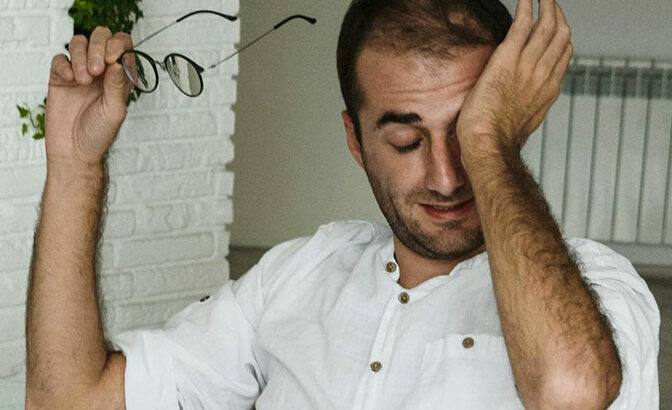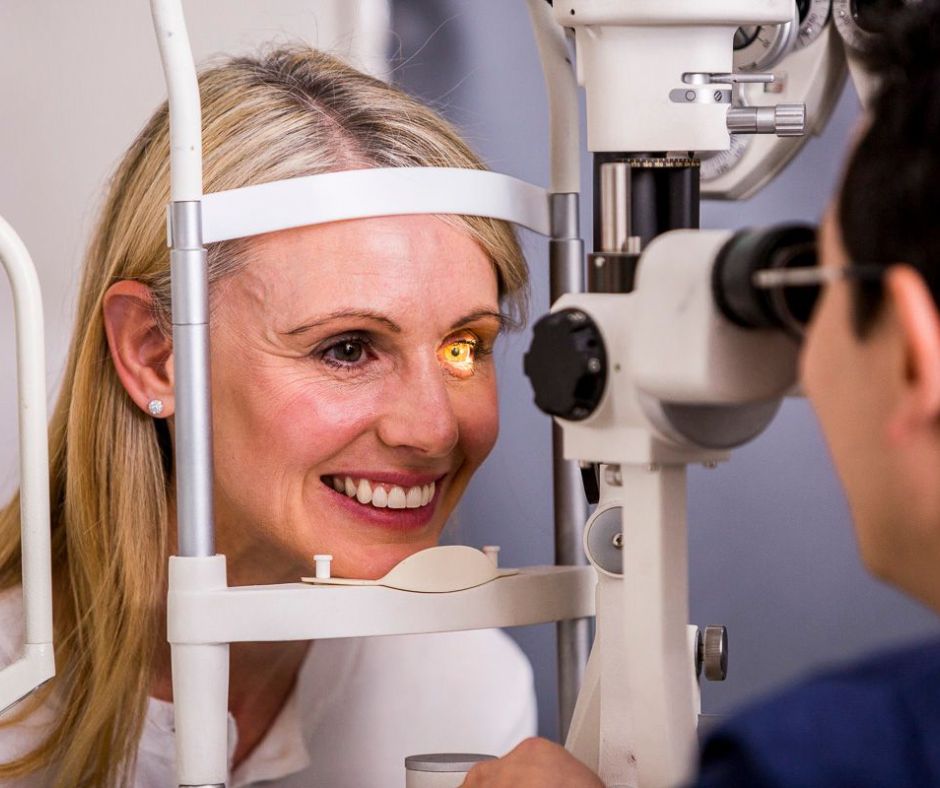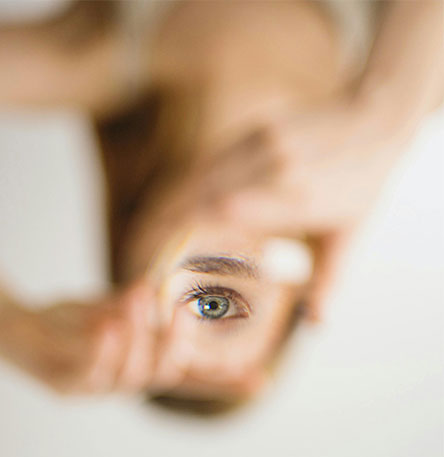Drops
Lubricating eye drops, commonly known as “artificial tears” have traditionally been used as a first line defence against dry eye symptoms. These products work by replenishing elements of your natural tear film and mimicking the effect of balanced tears. These can be in liquid, gel or ointment form, both preserved and preservative free. There are many varieties of lubricants available so it is important to discuss with your optometrists the best product and dosage to manage your individual dry eye disease.








